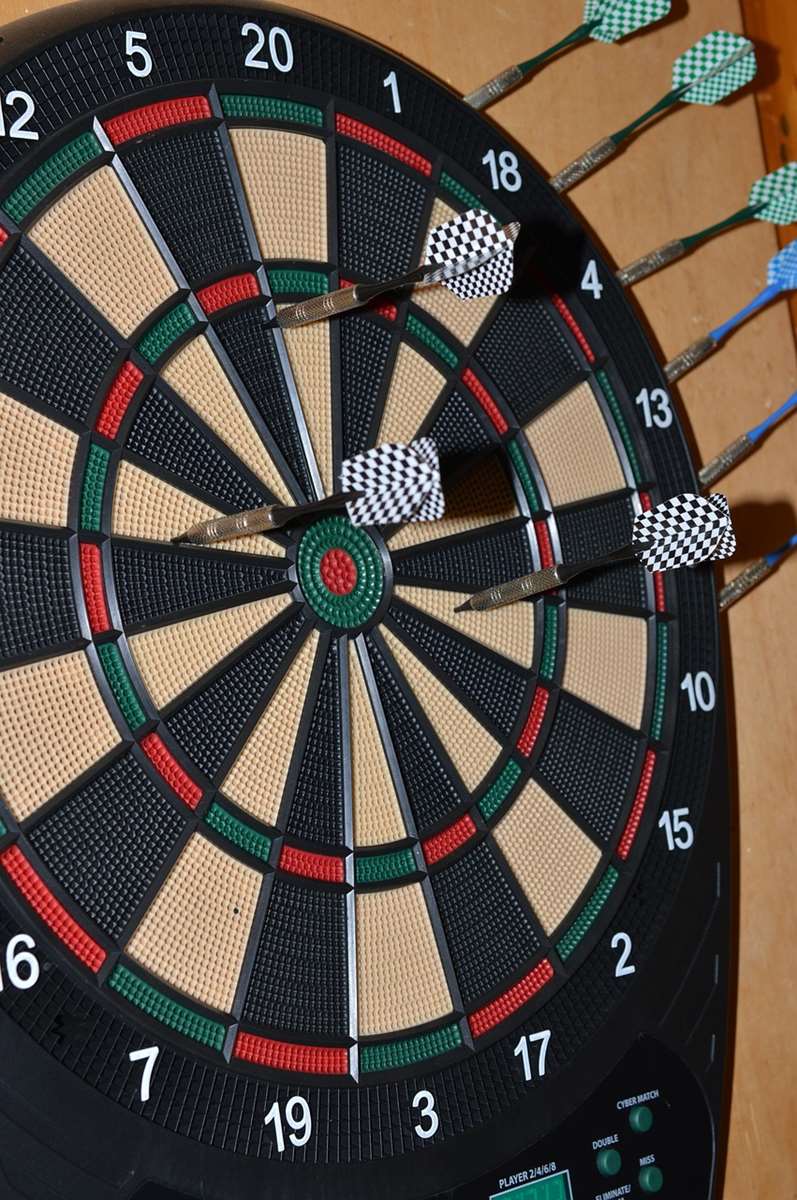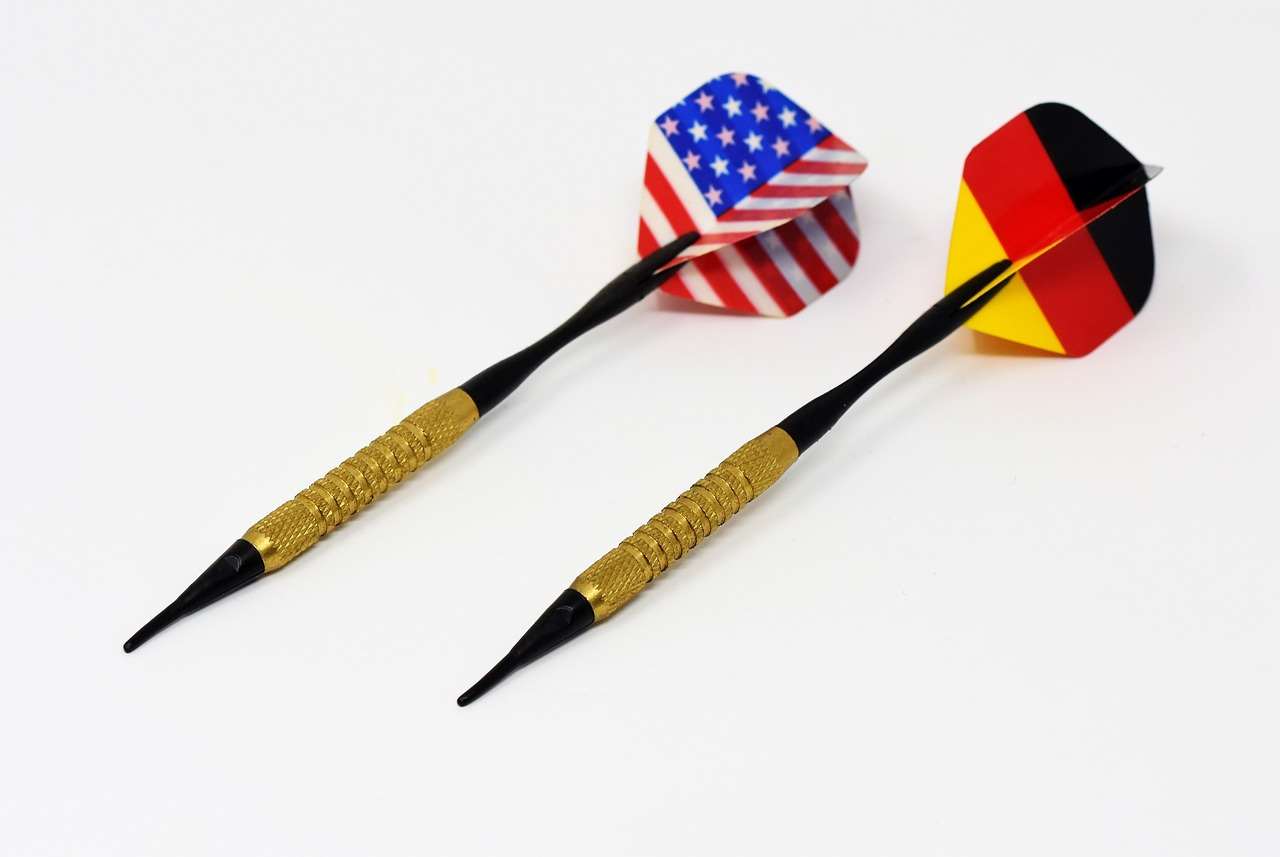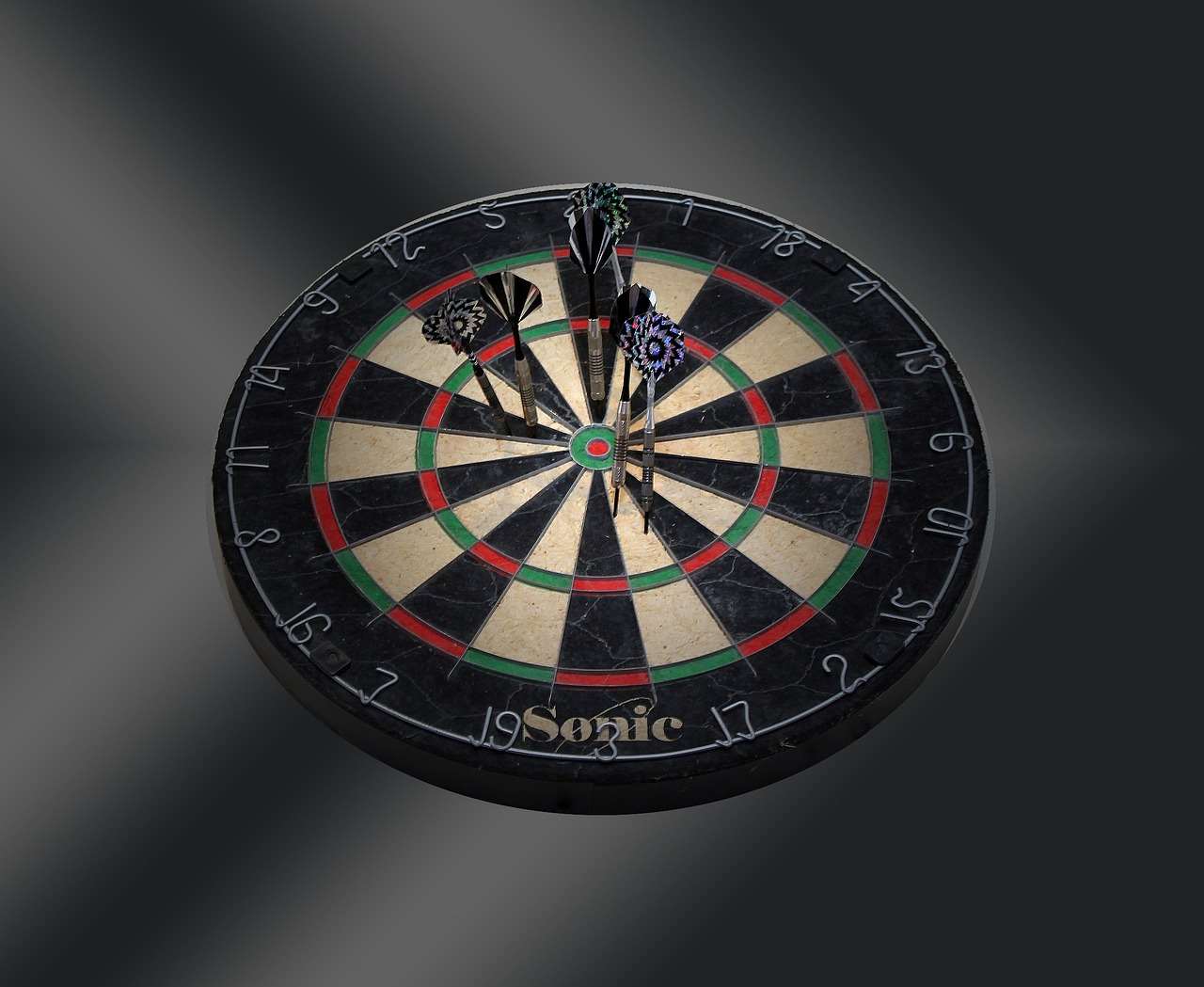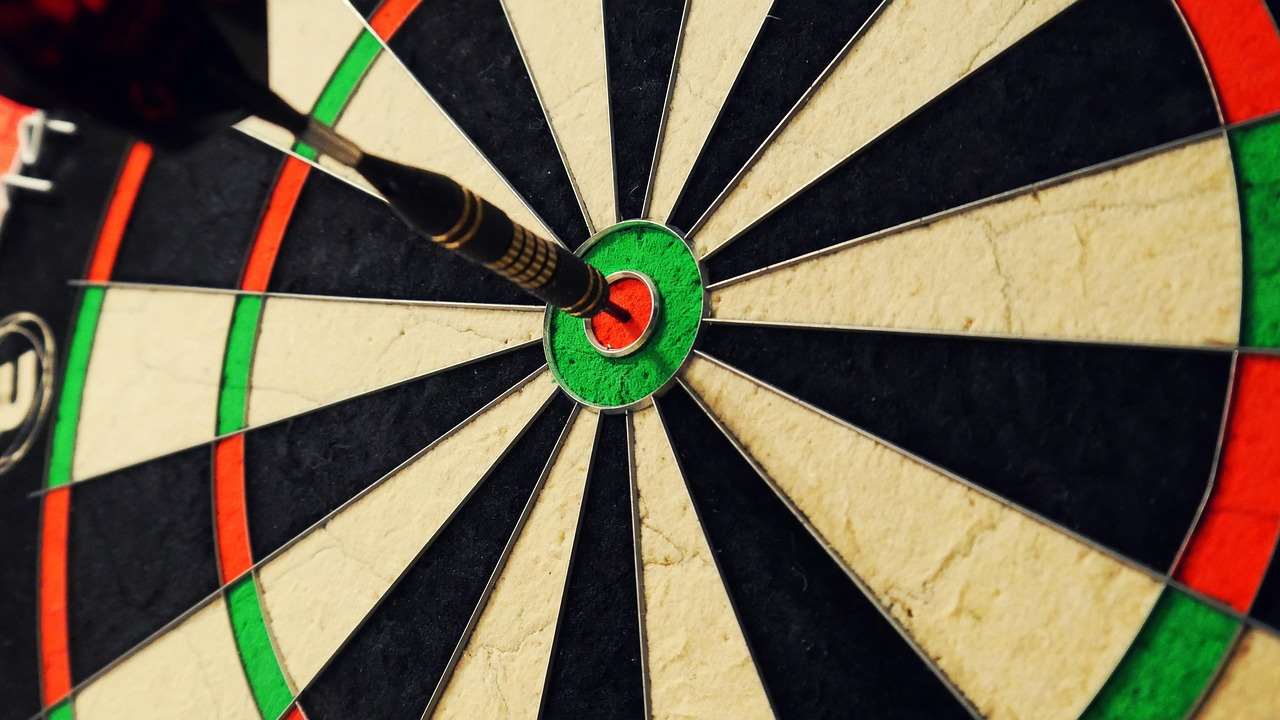Unlock the secrets of the oche with this forgotten darts terminology glossary, demystifying archaic slang and obscure phrases that seasoned players might toss around. This article will explore the history and meaning behind these terms, equipping you with the knowledge to understand and even impress your fellow darts enthusiasts.
⚠️ Still Using Pen & Paper (or a Chalkboard)?! ⚠️
Step into the future! The Dart Counter App handles all the scoring, suggests checkouts, and tracks your stats automatically. It's easier than you think!
Try the Smart Dart Counter App FREE!Ready for an upgrade? Click above!
A Deep Dive into the Forgotten Darts Terminology Glossary
Darts, a game steeped in tradition, boasts a rich vocabulary that extends far beyond simply calling out scores. Over the centuries, from its humble beginnings in pubs to its current status as a global sport, darts has accumulated a collection of colorful expressions and specialized terms. This forgotten darts terminology glossary aims to revive some of those fading phrases, providing context and ensuring they aren’t lost to time. Understanding these terms adds another layer of appreciation to the game and connects you to its historical roots. We’ll cover everything from the basics to the more obscure, helping you become a true darts aficionado.

Common Yet Often Misunderstood Terms
Let’s start with some terms that are still relatively common but often used incorrectly or without full understanding:
- Ton: Scoring 100 points with three darts. While commonly understood, knowing its historical significance adds weight to the achievement.
- Ton 80: The holy grail of darts – three treble 20s for a score of 180. This is the highest score possible in a single visit.
- Bed: Refers to the narrow sections of the dartboard, such as the treble bed (the outer narrow ring that triples the score) or the double bed (the outermost narrow ring that doubles the score).
- Bullseye: The center of the dartboard. More specifically, the outer green ring is the ‘outer bull’ (25 points), and the inner red circle is the ‘bull’ or ‘bullseye’ (50 points).
These are just a few examples, and understanding the nuances of each term can significantly enhance your appreciation of the game. Remember that the precise definitions and usage might vary slightly between different regions and pubs!
Unearthing Obsolete Darts Lingo
This section delves into the truly forgotten darts terminology glossary – those phrases that have largely disappeared from modern usage. Learning these terms is like uncovering a hidden history of the game.
Lost Phrases from Darts’ Past
Prepare to be transported back in time as we explore these archaic expressions:
- Mugs Away: In some traditional pub settings, this referred to the loser of the previous game being obliged to buy the next round of drinks, a humorous incentive to improve your game!
- Oche Line Judges: Traditionally, experienced players or spectators would act as informal ‘oche line judges’, ensuring players didn’t encroach on the throwing area. This role is less common now with established oche rules and more formal gameplay.
- Chalkie: The person responsible for manually keeping score on a chalkboard, a relic of a bygone era before electronic scoreboards became commonplace.
These phrases paint a vivid picture of darts’ evolution. They highlight the social and informal nature of the game in its early days. Exploring victorian era dart games helps further contextualize the history of these terms.
Regional Variations in Darts Terminology
Darts, like any language, has regional dialects. What’s commonly said in one area might be completely foreign in another. A crucial part of the forgotten darts terminology glossary is acknowledging these differences.
- Yorkshire Darts: Refers to playing darts without using the treble twenty, a popular variant in Yorkshire, England. Even the word “treble” itself might be replaced with regional slang.
- Clock Darts: A practice game focusing on hitting each number on the board in sequence, also known under various names depending on the region.

These regional variations add character to the game and showcase its adaptability across different communities. Embracing these differences makes for a richer and more inclusive darts experience.
The Significance of Numerical Callouts and Finishes
Beyond the general lingo, darts has a fascinating way of referring to specific scores and finishing combinations. This section contributes to our forgotten darts terminology glossary by focusing on these numerical callouts.
Understanding Key Scores
Here are some important scores and their common nicknames:
- Shanghai: Scoring a single, double, and treble of the same number in one visit (e.g., single 20, double 20, treble 20).
- Madhouse: Leaving yourself with double one (2) to finish. This is considered a particularly difficult and stressful finish, hence the name.
- Double Top: Hitting the double 20 (40 points). This is a common target for finishing legs of 501.
Familiarity with these terms allows you to understand the strategic decisions made by players and appreciate the difficulty of certain shots.
The Art of the Checkout
Finishing a leg of darts, also known as the ‘checkout’, is a crucial aspect of the game, and certain finishes have become legendary. Some of these strategies have links to Darts Variants Fun Games that focus on this aspect.
- Big Fish: A 170 checkout (T20, T20, Bull). The highest possible checkout in darts.
- D8 or Bust: An expression used when a player attempts to check out on double 8, but misses.
The ability to checkout effectively separates good players from great ones. Knowing the common checkout routes and their associated terminology is essential for any aspiring darts player.
Tips for Reviving Forgotten Darts Terminology
Now that you’re armed with this forgotten darts terminology glossary, how can you help keep these terms alive?
Integrating Old Lingo into Your Game
Here are some suggestions:
- Use them in conversation: Casually drop these terms into your darts conversations with friends or at your local pub. Explain their meanings and origins.
- Incorporate them into practice games: Create practice routines that focus on achieving certain scores or finishes associated with these terms.
- Research Further: Dive deeper into the history of darts and uncover even more obscure terms and phrases.

Keeping the Legacy Alive
By actively using and sharing these terms, you’re contributing to the preservation of darts’ cultural heritage. It’s a way to connect with the past and enrich your experience of the game. You may also wish to research obscure dartboard games list and see how terminology connects. Consider these points:
- Share on social media: Create posts about your favorite forgotten darts terms and share them with other darts enthusiasts online.
- Write articles or blog posts: Contribute to online resources that document and explain darts terminology.
- Teach new players: Introduce new players to these terms early on to help them appreciate the history and culture of darts.
The Future of Darts Terminology
While this forgotten darts terminology glossary focuses on the past, it’s important to consider the future. How will darts terminology evolve in the years to come?
Adapting to the Modern Game
As darts becomes increasingly professionalized, new terms and phrases will inevitably emerge. These may relate to statistical analysis, advanced techniques, or specific sponsorship deals. Understanding dart games before 501 invented can show how the terminology evolves alongside the game.
- Embrace new expressions: Be open to learning new terms and phrases that emerge in the darts community.
- Document changes: Keep track of how darts terminology evolves over time.
- Maintain a balance: Strive to maintain a balance between preserving traditional lingo and embracing new expressions.

The Importance of Preservation
While embracing the future, it’s equally important to preserve the rich linguistic heritage of darts. This forgotten darts terminology glossary is just a starting point. We must continue to document and share these terms to ensure they aren’t lost to future generations. Examining rare dart game instructions will also show how terms have been used.
- Create a comprehensive glossary: Work with other darts enthusiasts to create a comprehensive online glossary of darts terminology, both past and present.
- Support darts history initiatives: Contribute to organizations and projects that are dedicated to preserving the history and culture of darts.
Conclusion: Reviving the Language of Darts
This exploration into the forgotten darts terminology glossary has hopefully enriched your understanding and appreciation of the game. By learning and using these terms, you’re not just speaking the language of darts; you’re connecting with its history and helping to preserve its cultural heritage. From “Mugs Away” to “Shanghai,” these phrases tell a story of a game that has evolved from humble pub pastime to a global phenomenon. So, step up to the oche, embrace the lingo, and become a true ambassador of the sport.

Ready to take your darts knowledge to the next level? Start using these terms in your next game, share them with your friends, and help keep the language of darts alive. Share this article and spread the darts love! Happy darting!
Hi, I’m Dieter, and I created Dartcounter (Dartcounterapp.com). My motivation wasn’t being a darts expert – quite the opposite! When I first started playing, I loved the game but found keeping accurate scores and tracking stats difficult and distracting.
I figured I couldn’t be the only one struggling with this. So, I decided to build a solution: an easy-to-use application that everyone, no matter their experience level, could use to manage scoring effortlessly.
My goal for Dartcounter was simple: let the app handle the numbers – the scoring, the averages, the stats, even checkout suggestions – so players could focus purely on their throw and enjoying the game. It began as a way to solve my own beginner’s problem, and I’m thrilled it has grown into a helpful tool for the wider darts community.